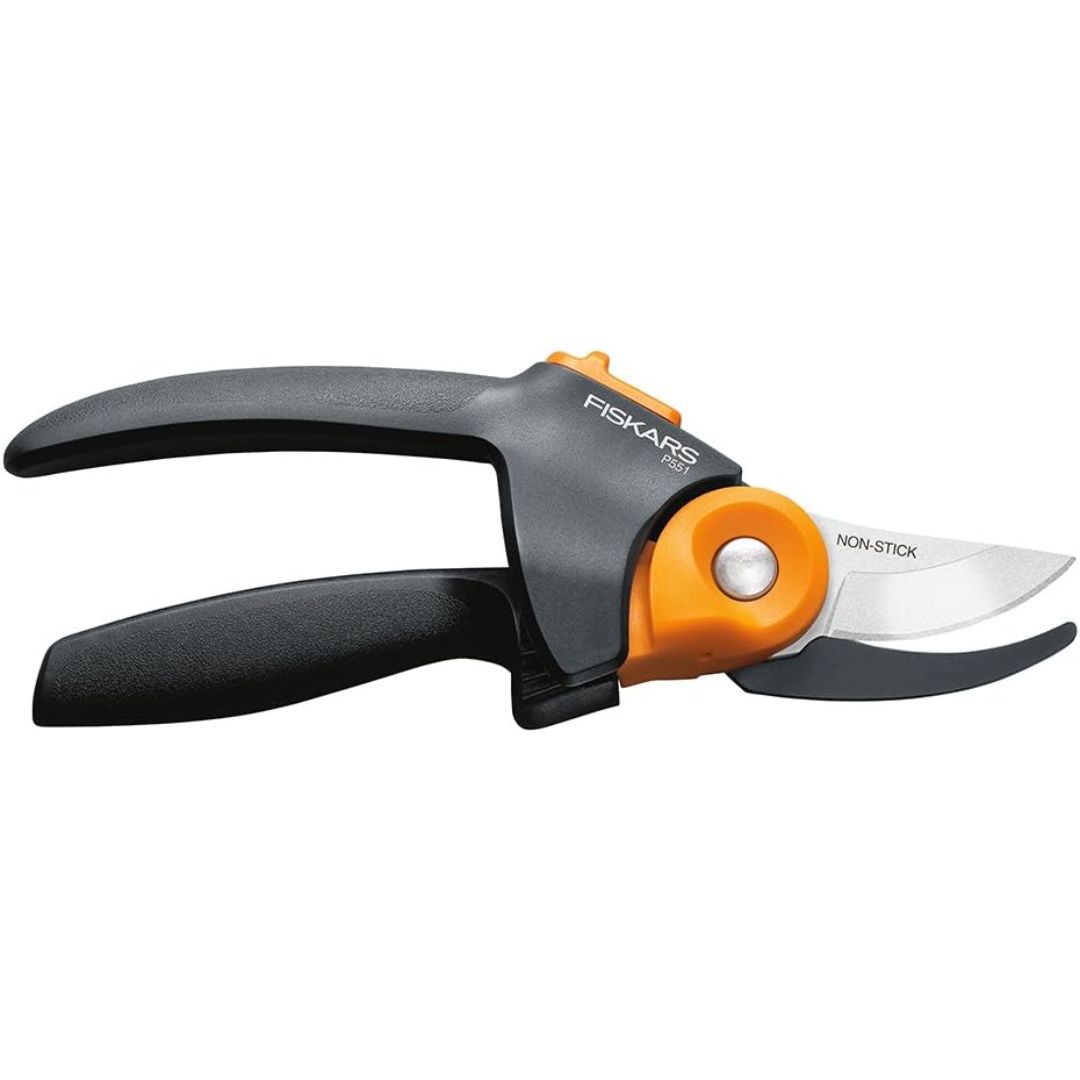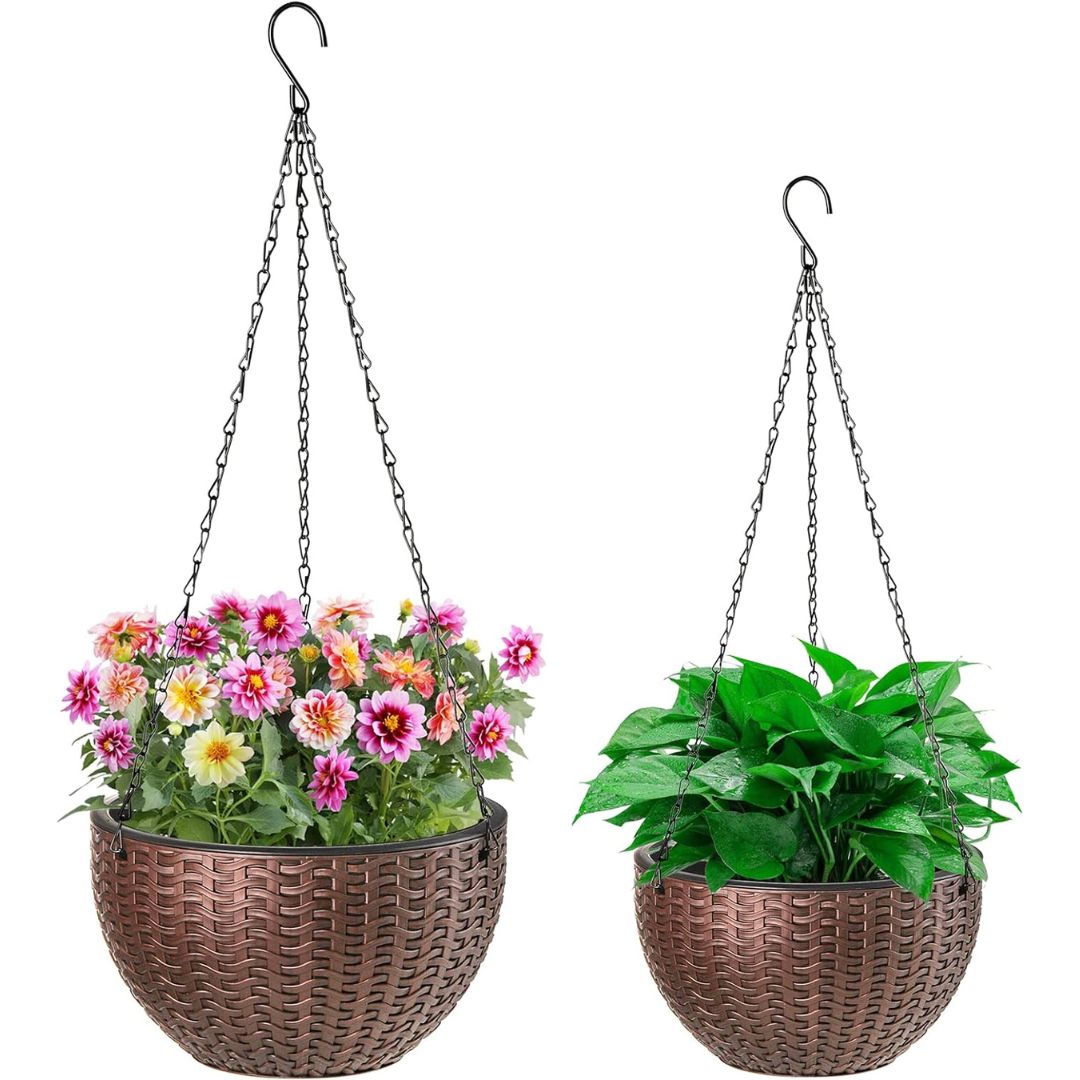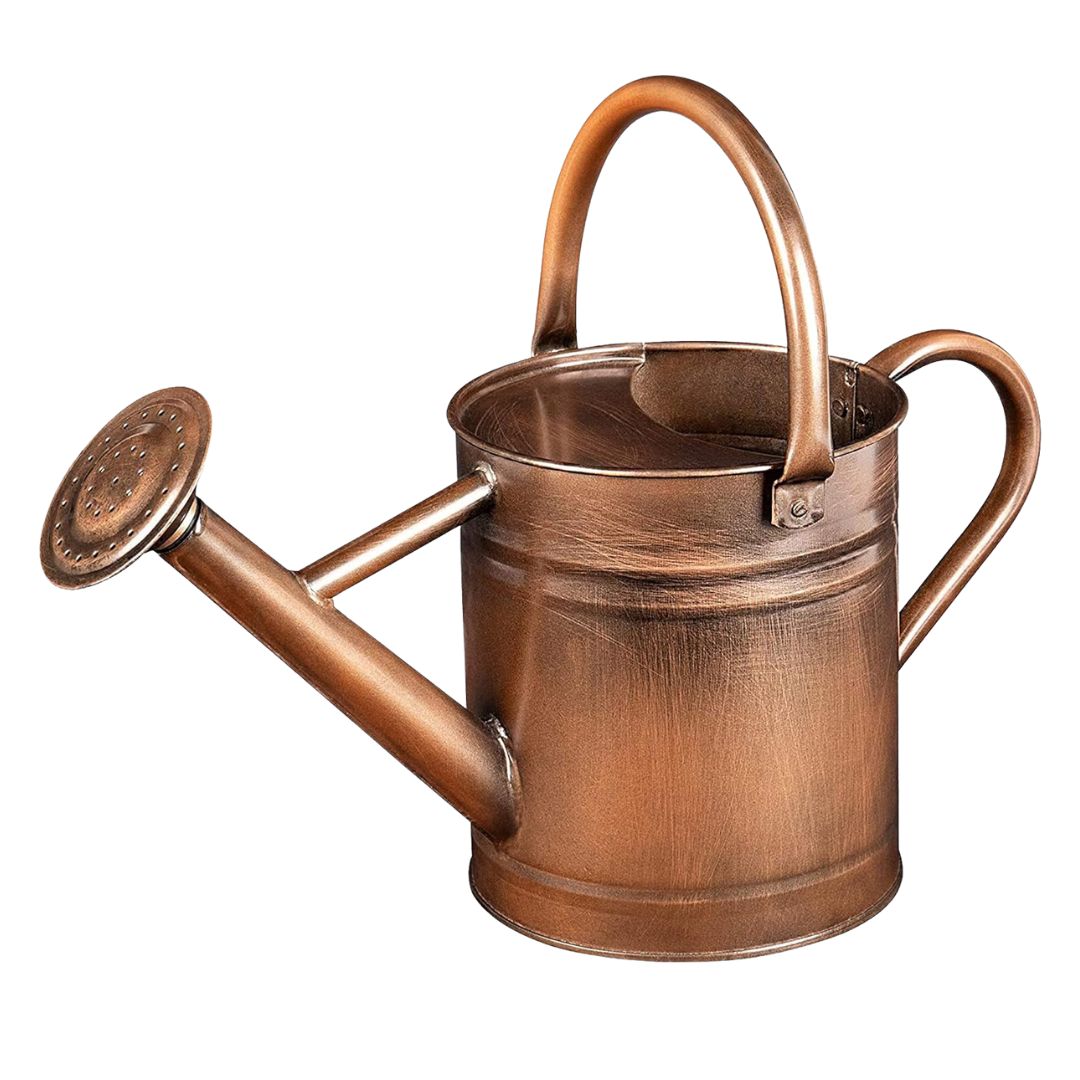5 Things to Do for Your Garden's Hanging and Trailing Plants Now to Keep Them Happy and Healthy
These types of plant have their own requirements, so we asked an expert how to look after them better


Whether it’s hanging baskets or large patio pots in your garden, outdoor trailing plants are an absolute breath of fresh air — with its beautiful, delicate designs and colours, these plants have the ability to transform any garden.
If you are exploring backyard ideas, you should embrace elevating your space, while taking care of nature around you. Nature not only allows you to decompress from the day to day stress, but I firmly believe nature teaches you to be patient and and compassionate.
In the words of Belgian-American novelist May Sarton: ‘Everything that slows us down and forces patience, everything that sets us back into the slow circles of nature, is a help. Gardening is an instrument of grace’.
Trailing plants are far from easy to take care of, but Kasey Eaves, owner of Vivant Gardening Services, tells us that following these 5 tips and tricks could change the way you look at these plants.
1. Invest in the right planter

Trailing plants need quite a bit of care, attention, and space, especially when container gardening.
Kasey Eaves says it 'takes a lot of roots to feed the long vines of a trailing plant,' therefore she says 'paying a little more at the start for a larger, a deeper planter or even a self watering basket can improve the overall resiliency of your planter through the season'. I particularly like this hanging basket planter from Amazon. It's spacious and perfect for outdoor plants.
2. Have a water plan
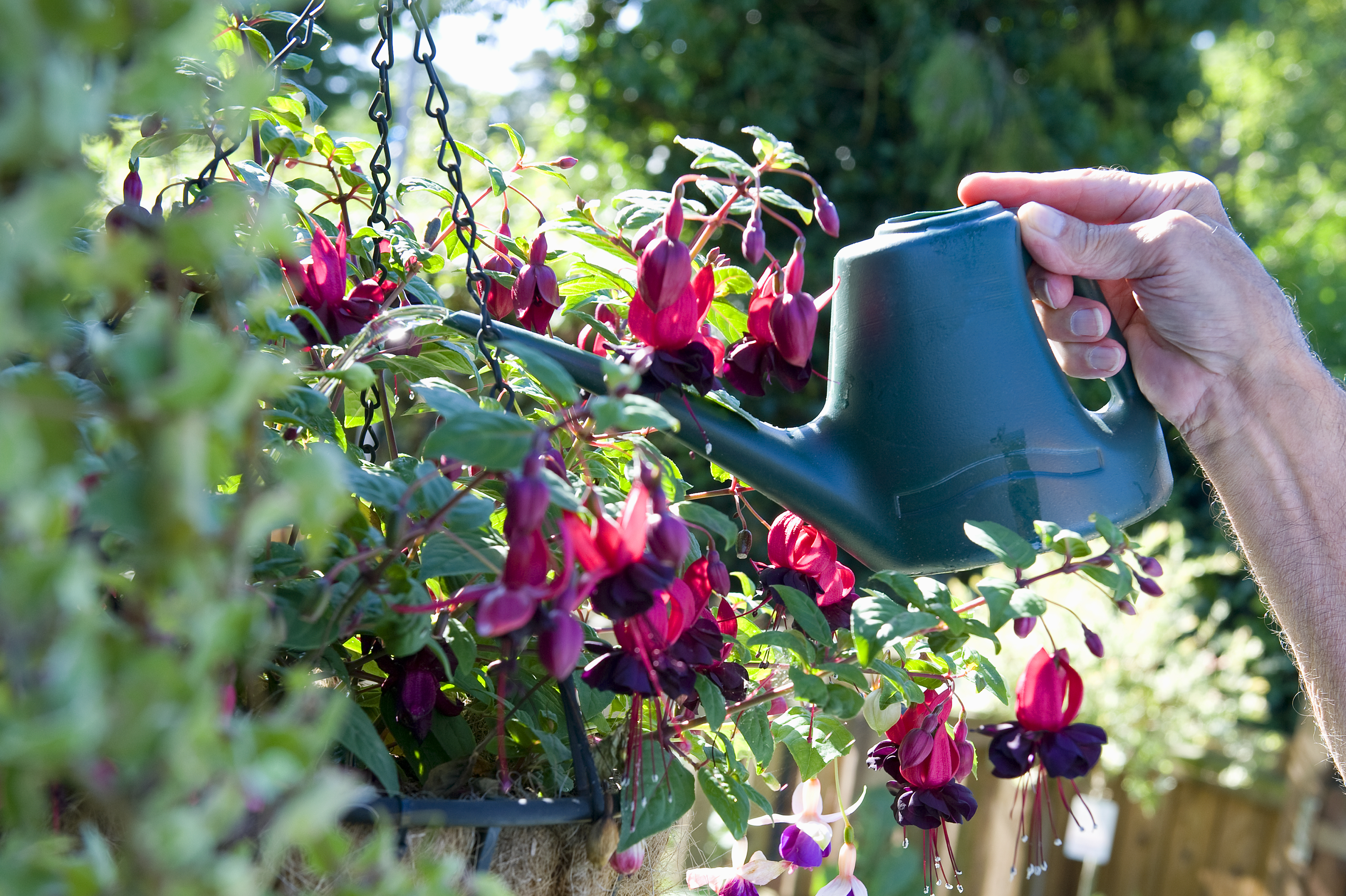
It might seem like an obvious step, but one thing we often forget is that hanging plants can dry out quite quickly due to 'higher sun and wind exposure'. So how do you keep your garden hydrated? Kasey says the best way to avoid your plants from drying out is by setting out a plan to 'water each planter twice'.
The Livingetc newsletters are your inside source for what’s shaping interiors now - and what’s next. Discover trend forecasts, smart style ideas, and curated shopping inspiration that brings design to life. Subscribe today and stay ahead of the curve.
The first watering session will 'open the pores of the soil and moisten the outer edges,' and the second session will then 'soak in deep to the roots'.
'In each case, you want to water long enough to see the container draining freely. Watering in the morning is best if you can and on super hot days, plan a second watering in the evening for good measure,' Kasey adds.
3. Feed your plants

Yes, plants need nutrients too. 'Plants in a pot are like goldfish in a bowl,' Kasey tells us. The gardening expert says a 'good time release fertilizer in spring can work wonders but needs to be applied again every 6 weeks in summer.'
Kasey says we should also keep an eye on plants that might also be struggling. 'They may benefit from a liquid fertilizer. Pay attention to the fertilizer labels'. She explains that 'grow' fertilizers for greenery are not the same as 'bloom' fertilizers, which are used for flowers.
'Make sure your choice fits the plants you are trying to grow,' she adds.
4. Deadheading plants

Deadheading is a process of pruning by which old growth and seed heads are removed from the plant in order to restore and promote new growth. Kasey says in order to 'keep blossoms pumping and to encourage more growth,' we should, 'trim back browning stems and flowers'.
5. Transition plants gently
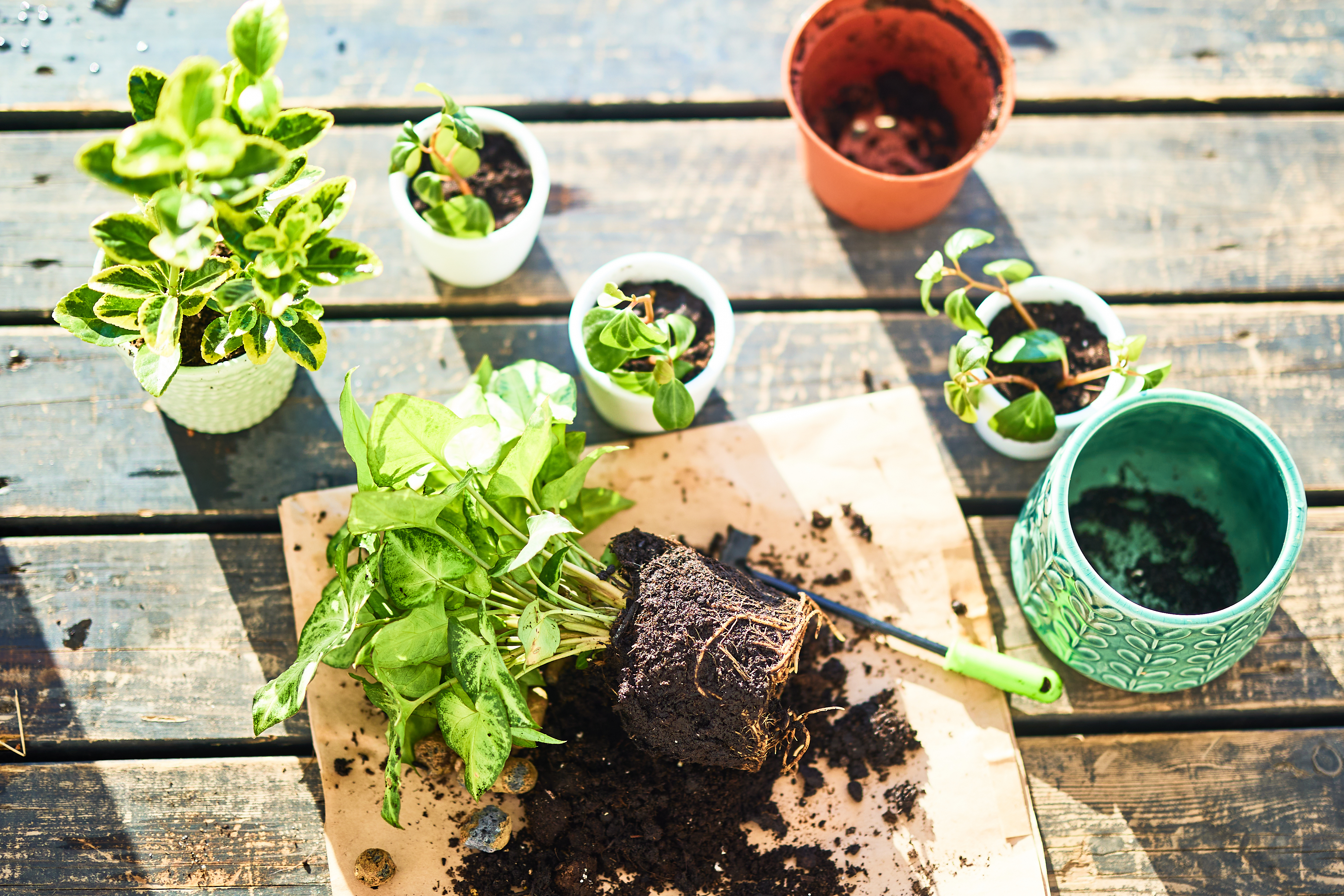
Treat your plants with respect, love and care. Kasey tells us that it 'pays to start trailing plants early to get max amount of growth in a season, but you want to be careful'. She says baskets and plants from the garden center need to be 'hardened off' first.
The best way to do this is by covering or moving plants indoors 'the first few nights after you’ve brought them home, so they can get used to your garden and its temperatures'.
Kasey says this will help 'ward off the dreaded transplant shock and will pay off in performance later'.

Faiza is the Renovation Editor at Livingetc. She previously worked for The Independent as a News Feature Writer, where she crafted lifestyle, entertainment, and news stories. She also worked as an Audience Editor for the newspaper for almost two years. Thriving in the busy newsroom, Faiza also spent her time crafting stories for Sky News as an SEO reporter, where she produced stories based on trending topics. Lifestyle and interior design have been areas of interest for her for some time, and as she advances in this field, she will continue to refine her skills in all aspects of design. Faiza has a background in SEO, social media, and reporting. Her passion for writing goes beyond her work as she loves all things poetry and creative writing.
